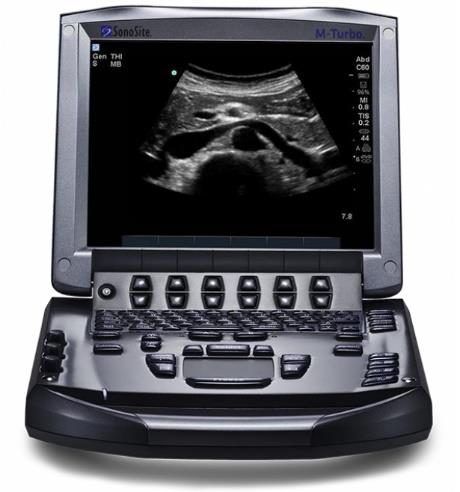Amadee-20-VFR-eFAST
Details
| Acronym | VFR-eFAST |
| Description | The VFR-eFAST experiment aims to investigate the feasibility of having non-medical personnel, in this case, analog astronauts, perform a focused ultrasonography of the abdomen and thorax. |
| Principal Investigator (PI) | Anton Ahlbäck | anton.ahlback@gmail.com |
| Organisation | Dep. of Anaesthesia and Intensive Care, Örebro Univ. Hospital, Sweden |
| Co-Investigators | Jochen Hinkelbein, Department of Anaesthesiology and Intensive Care Medicine, University Hospital of Cologne, German Society of Aerospace Medicine, DGLRM; Munich, Germany European Society of Aerospace Medicine, ESAM; Cologne, Germany Kerpener str. 62, 50937 Cologne, Germany |
Summary

Trauma on exploration class missions to Mars is considered one of the most important risks to mission and crew. Non-
invasive diagnostic tools such as ultrasonography are an important diagnostic part when attempting to identify
potentially life-threatening injuries to the thorax and abdomen.
Although it is expected that a crewed mission to Mars will have at least one trained medical professional, this might
not always be the case. There is also always a significant risk that the crew medical officer will be the one who is sick
or injured. Thus, the exam may need to be executed by individuals with minimal medical training. Also, at the time it
is needed, that training may be on an estimate 2 – 3 years old.
The VFR-eFAST experiment aims to investigate the feasibility of having non-medical personnel,
in this case, analog astronauts, perform a focused ultrasonography of the abdomen and thorax.
In order to properly simulate the time training and performing the ultrasonography, the analog
astronauts are not to be prepared at all before conducting the experiment.
The experiment will start with an approx. 20-minute instructional video on how to set up the
ultrasonography, how to handle the probes, and how to perform the examination. The analog
astronauts will then independently complete the exam on a live test subject and send the
required views back to the MSC. The images will then be rated independently based on quality
by experienced radiologists.
Experiment Data
| Date | Files |
|---|---|
| 2021-10-18 | 5x .jpeg |